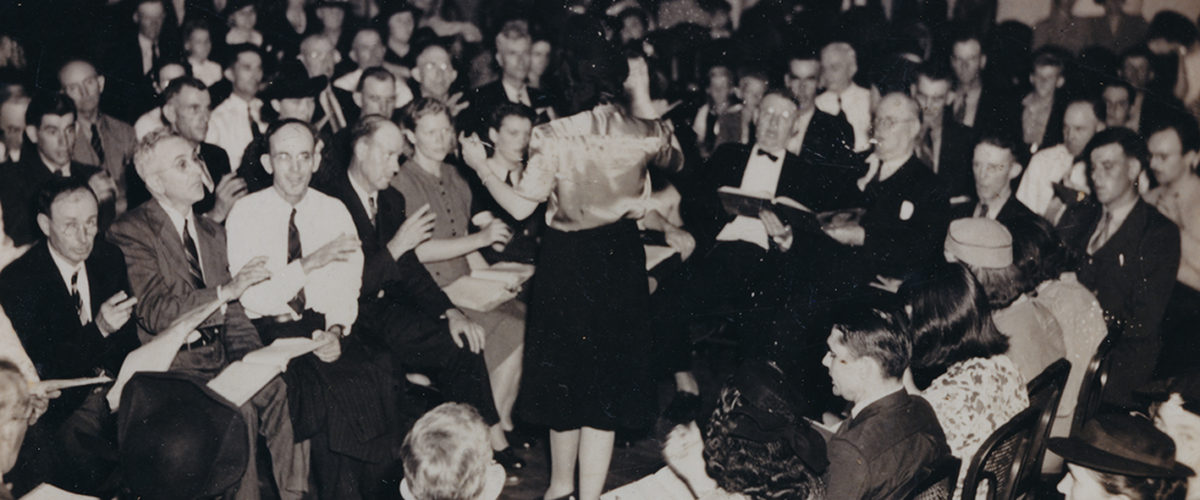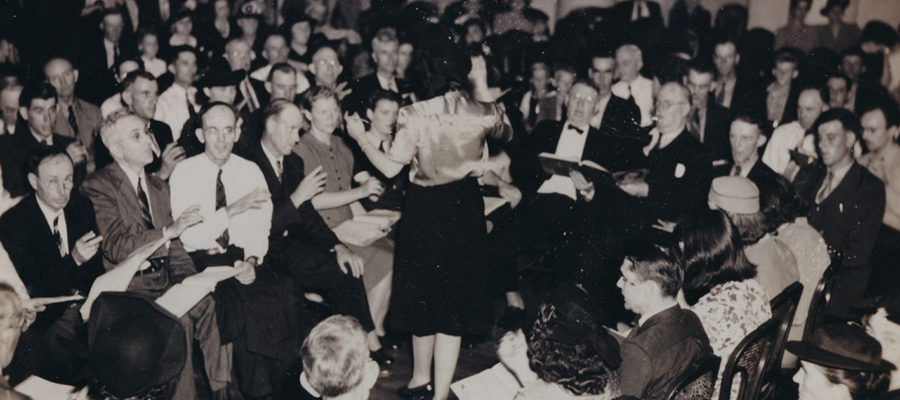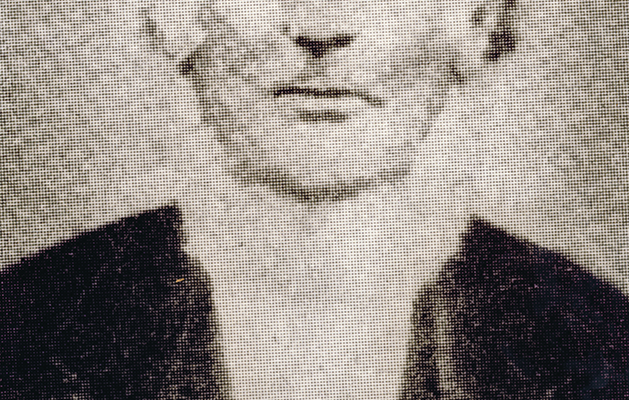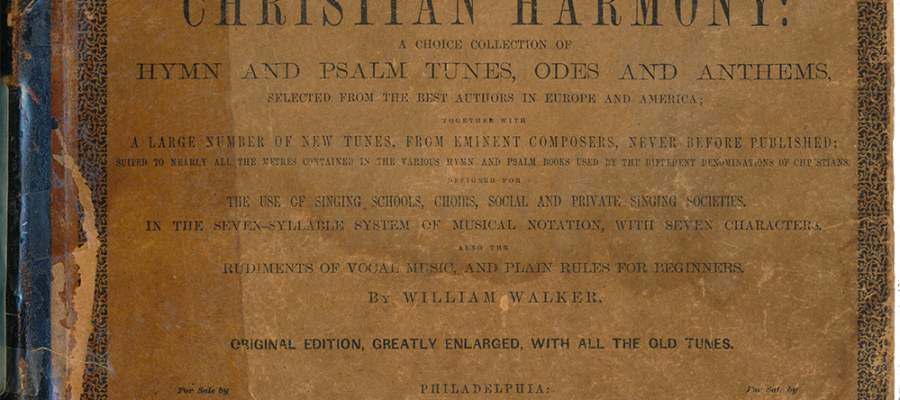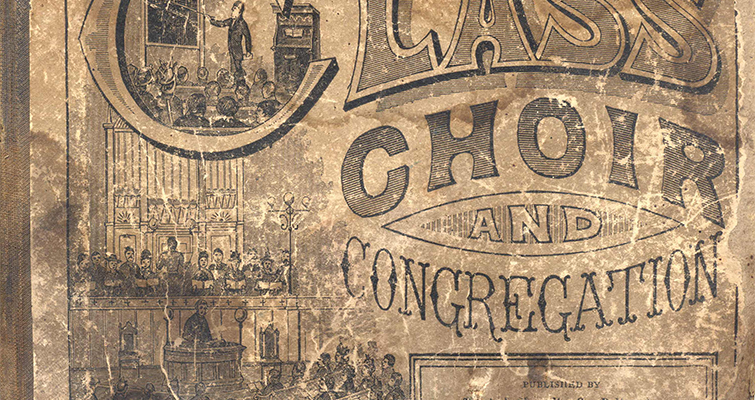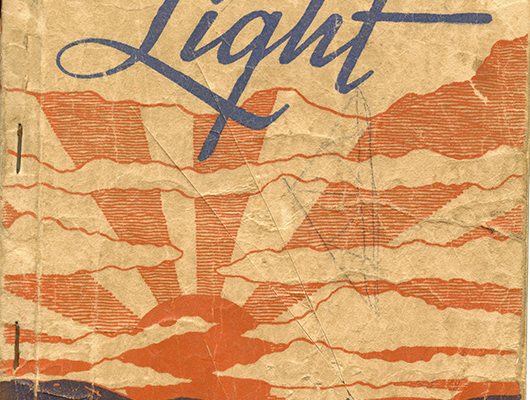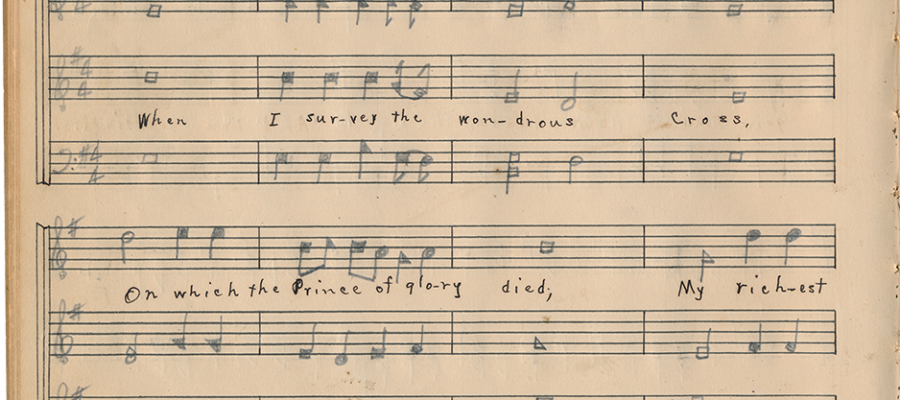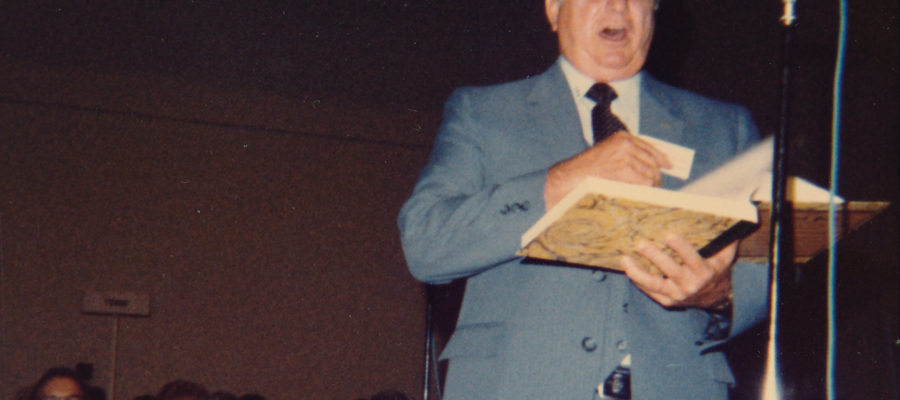Introduction
In the region of West Georgia, a wealth of traditional sacred and gospel music can be found – Sacred Harp singing thrives at churches like Holly Springs Baptist thanks to the efforts of Bremen resident Hugh McGraw; the United Shape Note Singers travel from church to church on most Sundays
